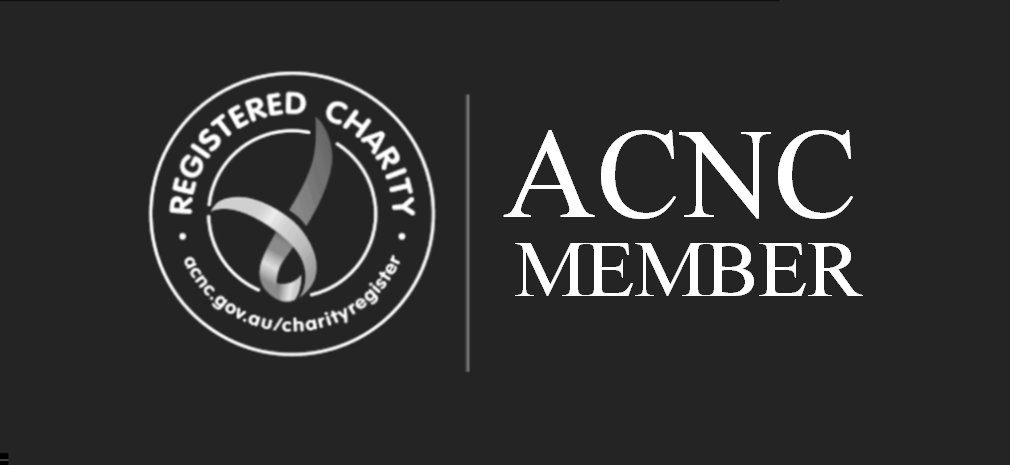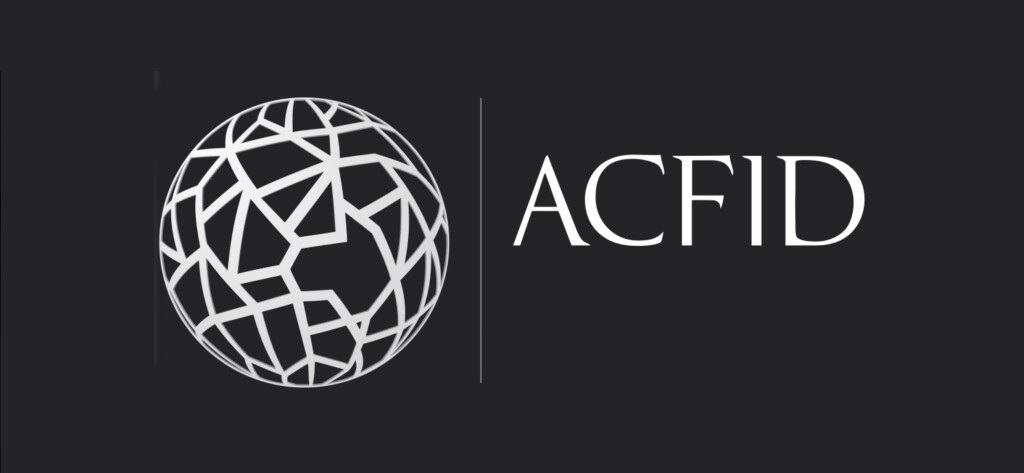Verifier
Policy, procedure or guidance documents that address:
- Risk management and control mechanisms.
- Financial wrong-doing, especially fraud, corruption, counter-terrorism and money-laundering and violation of sanctions imposed by the Australian government.
- Checks of individuals and organisations receiving funds against the Criminal Code list of terrorist organisations and the DFAT consolidated list of individuals and entities subject to targeted financial sanctions.
- Appropriate and effective internal controls.
Members are required to extend the financial wrongdoing requirements of this compliance indicator and verifier to partners through MOUs or similar
Guidance
Having a policy, procedure or guidance document that outlines a Member’s financial systems and controls is very important to help ensure it runs effectively. The ACNC has developed a basic guide to setting up financial controls, which can be found in the resources section.
Tools4Development have a how-to-guide to prevent fraud and the ACNC has a briefing page for NGOs working overseas which addresses fraud. These can both be downloaded in the Resources Section below.
ACFID has also developed guidance for developing a financial wrong doing policy that addresses fraud, counter terrorism, money laundering and violation of sanctions, which can be found in the resources section. There is also further guidance on risk management at Compliance Indicator 4.2.2.
Members should also refer to the World Bank Listing of ineligible firms and individuals, the Asian Development Bank Sanctions List; the Attorney General’s Department List of Terrorist organisations; and DFAT’s consolidated list of individuals and entities subject to targeted financial sanctions, including relating to terrorism.



